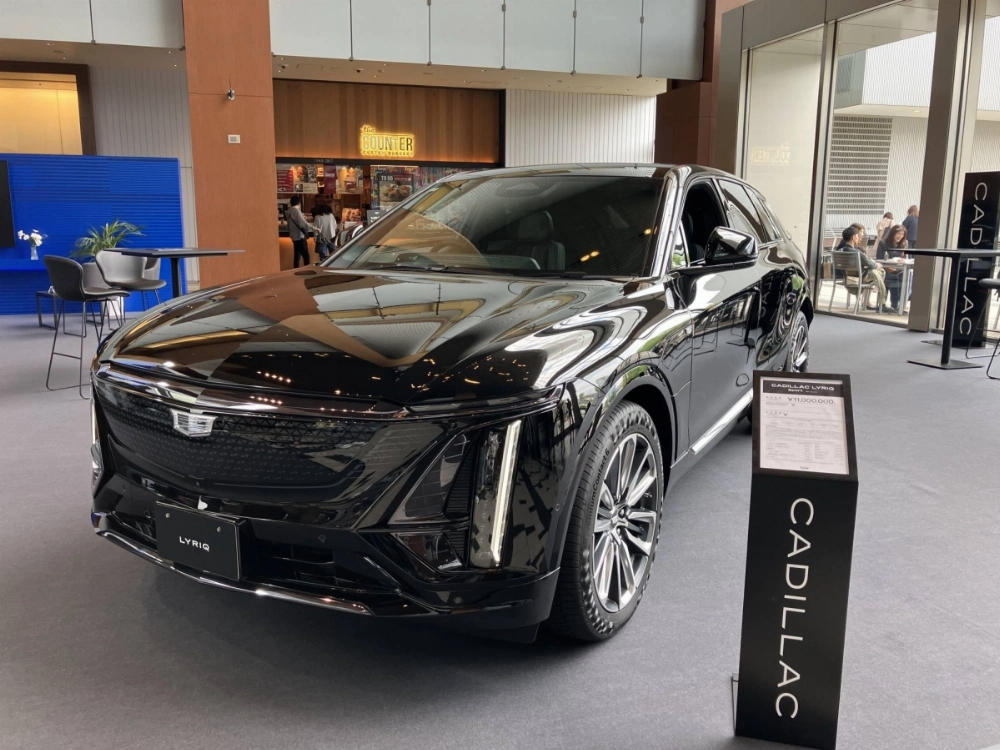When U.S. President Donald Trump said he doesn't see American cars on the roads in Japan, he wasn't really exaggerating. A decade earlier, then-President Barack Obama made a similar statement.
Last year, 449 Cadillacs were sold in the country, and 587 Chevrolets. Ford left the market altogether in 2016.
“They have treated the U.S. very poorly on Trade. They don’t take our cars, but we take MILLIONS of theirs,” Trump wrote on Truth Social earlier this month. He also reportedly told Japanese trade negotiators last week that no U.S. cars are on the roads of Japan.

















With your current subscription plan you can comment on stories. However, before writing your first comment, please create a display name in the Profile section of your subscriber account page.